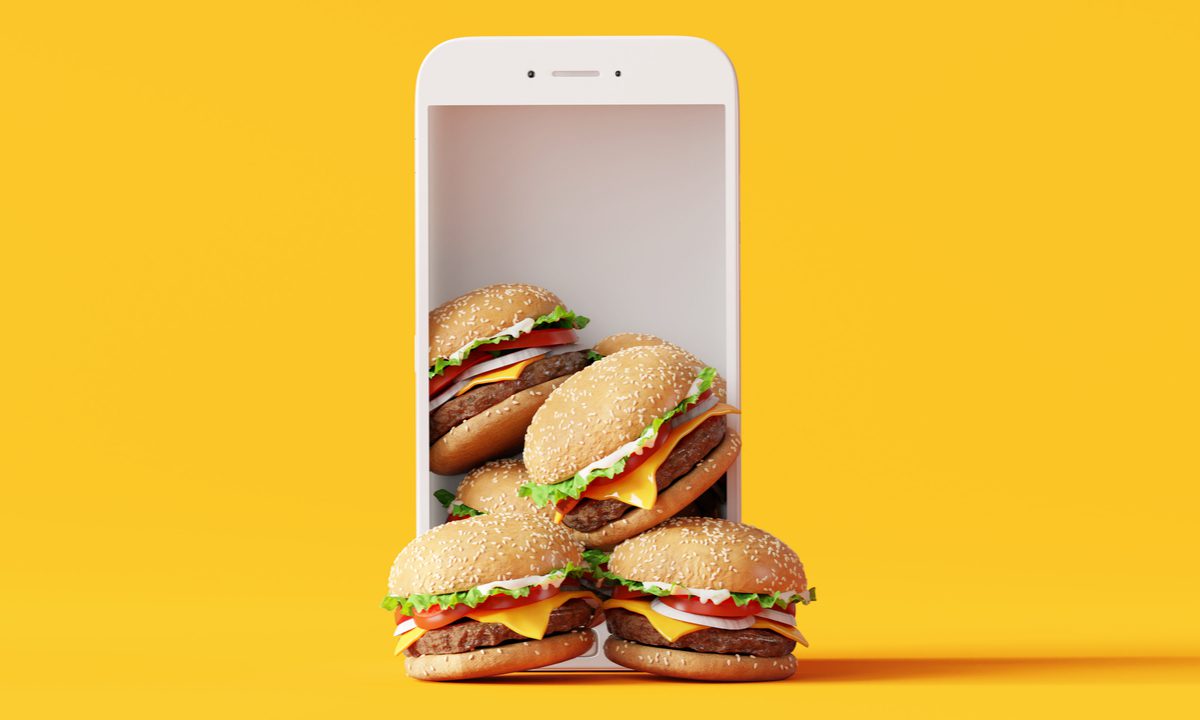
As virtual restaurant brands look to convert their digital followings into long-term omnichannel success, some are turning their focus to brick-and-mortar.
For instance, take MrBeast Burger, a collaboration between ghost kitchen company Virtual Dining Concepts and YouTube personality MrBeast.
“I’m opening a physical Beast Burger restaurant at the American Dream Mall on September 4th!” MrBeast announced via Twitter on Monday (Aug. 29). “I’ll be working at the restaurant all day the first day and if you stop by you might see me.”
Certainly, opening a physical location after establishing an online following through more capex-light digital channels is a safer bet than investing the resources in a brick-and-mortar store without any proof of concept, and the burger brand certainly has a following.
In a story earlier this summer, PYMNTS’ Karen Webster noted that the brand is available in 1000 restaurant locations, with annual revenues that some have estimated at $32 million and with licensees said to average $500 in profit a day.
Read more: Amazon’s Fight for a Seat at the Dinner Table
Additionally, the restaurant brand benefits not only from the recognition it has garnered on restaurant marketplaces, but also from MrBeast’s extensive social media following, which includes 103 million YouTube followers.
The Digital Opportunity
Yet, even for brands that do not have such a high-profile figure behind them, ghost kitchens can be an effective way to build a following purely through third-party aggregators’ reach.
In fact, research from the July edition of PYMNTS’ ConnectedEconomy™ study, “The ConnectedEconomy™ Monthly Report: The Rise Of The Smart Home,” which draws from a May survey of a census-balanced panel of more than 2,600 U.S. adults, finds that 43% of consumers had ordered from a restaurant aggregator such as DoorDash or Uber Eats in the previous month. Plus, 26% did so once a week or more.
Learn more: New Data Shows Convenience Drove Smart Home Upgrades for 83M Consumers in 2022
“More restaurants have tapped into the concept because it gives operators the opportunity to test additional, delivery-only menu concepts with little financial risk,” Marnie Boyer, vice president of diner acquisition at Grubhub, told PYMNTS in a June interview. “These concepts create new revenue streams, attract untapped customers and increase restaurant exposure, all with little overhead.”
See also: Grubhub: Virtual Brands Are ‘More Popular’ with Independent Operators
Let’s Get Physical
However, ghost kitchen brands can struggle to evoke the depth of connection with diners that those with brick-and-mortar stores are able to achieve through their physical spaces.
As Joey Simons, senior vice president of operations for culinary brand C3 by sbe told PYMNTS in a spring 2021 interview, “Consumers feel most connected to brands they can see, touch, and connect with in person. These are the brands that will survive on and off the delivery apps when the pendulum swings back toward in-person dining experiences.”
Related: Ghost Kitchen Brand Rethinks The Connection Between Virtual And Physical
Certainly, MrBeast Burger is far from the only virtual brand to open a physical location. C3’s Kripsy Rice, for instance, opened its first brick-and-mortar store last year after garnering a following across dozens of virtual locations.
Plus, Dickey’s Barbecue Pit’s virtual-native Wing Boss Brand opened the doors of its first brick-and-mortar location in Addison, Texas, in September 2021.
Be Our Guest
Virtual-only brands also have to work harder than their omnichannel counterparts to establish the sense of hospitality that is key to a restaurant’s success.
You may also like: ‘Dark Kitchen’ Brands Still Need to Focus on Virtual Hospitality
“When you’re in the dining room, you can … talk to your guest. You can take care of their needs,” Geoff Alexander, president and CEO of Chicago-based Asian-style restaurant brand Wow Bao, which is available via hundreds of virtual locations in addition to a handful of brick-and-mortar stores, told Webster. “You can build relationships.
“In the virtual dining segment, that doesn’t exist as much, and it’s up to us as operators to find ways to connect and make the guests feel good eating in their house.”